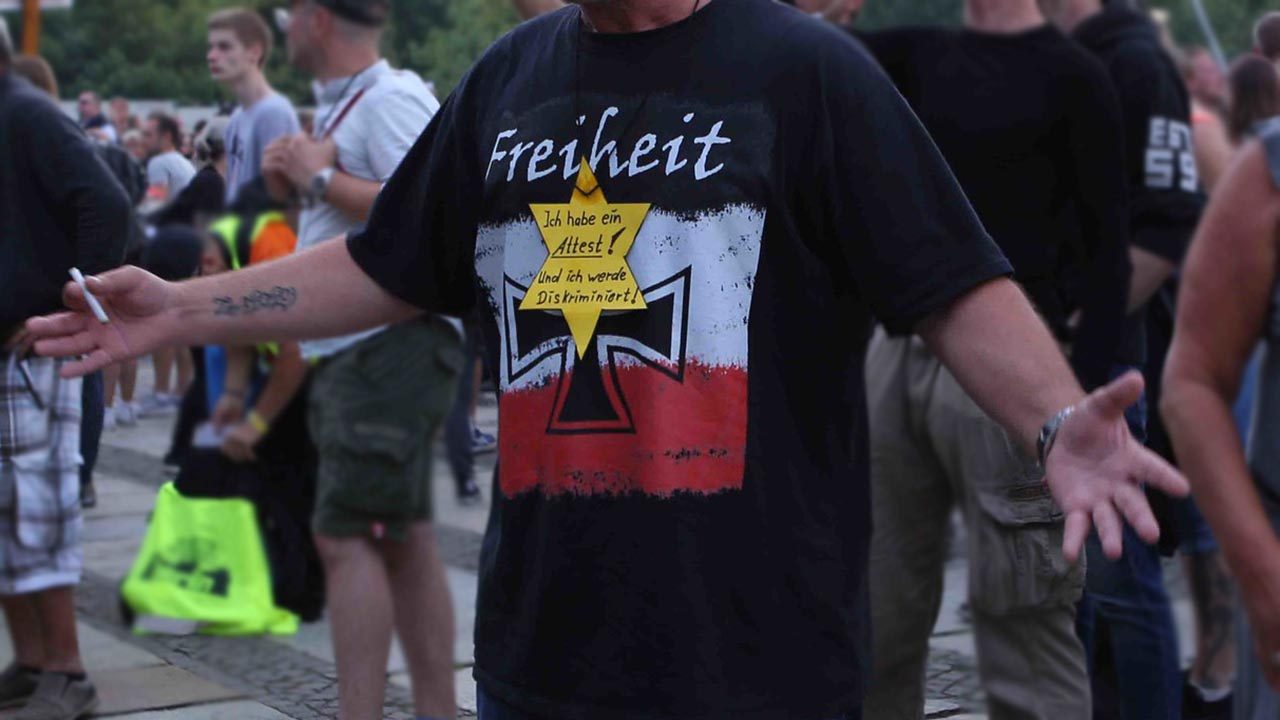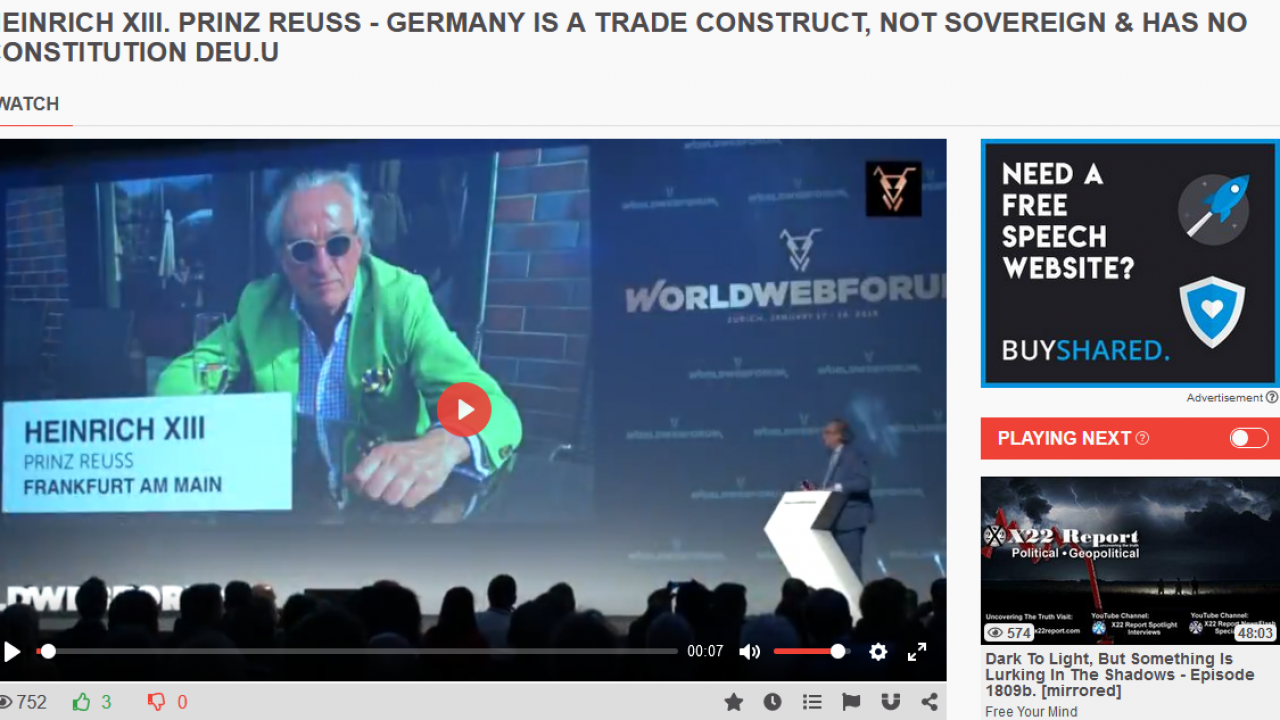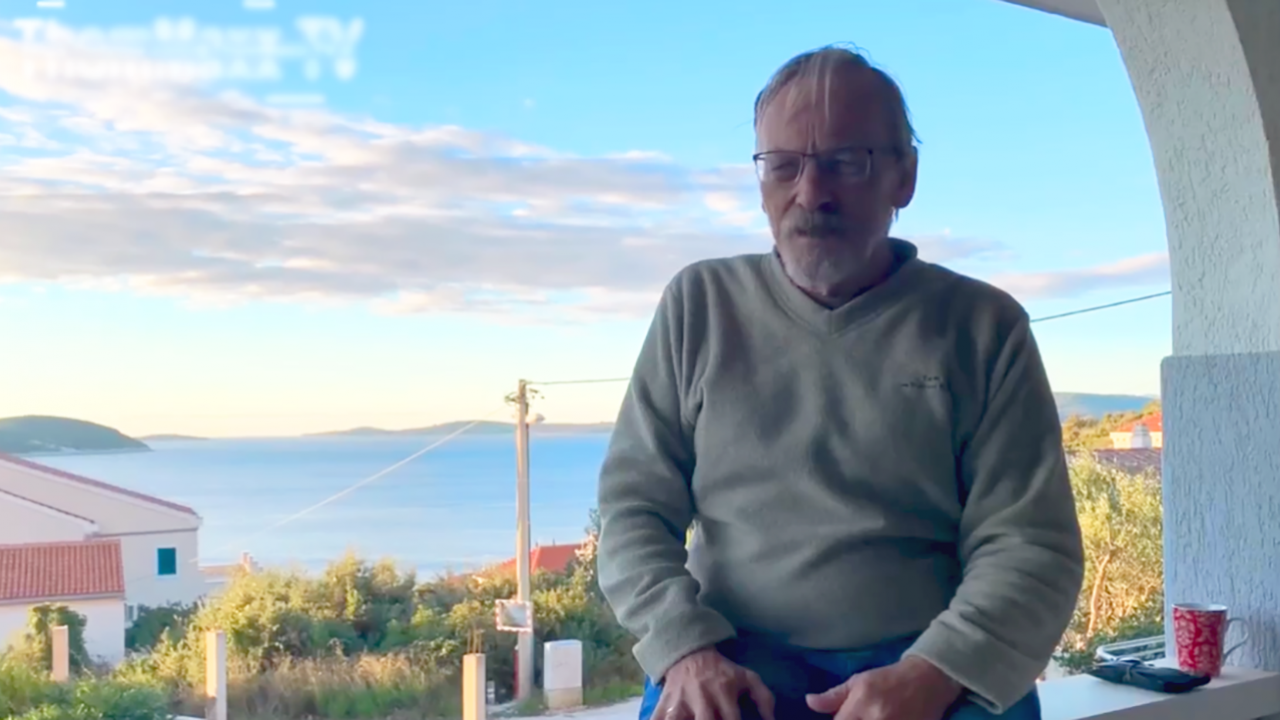
Last Wednesday, 3,000 police officers conducted raids in 11 of Germany’s 16 states. They searched dozens of homes and businesses and took 25 people into custody. The arrestees include people from various social spheres: former or active soldiers, police officers, judges, and doctors. According to the federal public prosecutor, the group planned to eliminate democracy in Germany and replace it with an imperial Reich modeled after the one established in Germany in 1871. The latter goal is what led investigators to classify the conspirators as part of the Reichsbürger (“citizens of the Reich”) movement. But does that term really mean?
A heterogeneous group of radical adults
If you want to understand the Reichsbürger scene better, look at the annual domestic intelligence reports issued by the national and state-level governments of Germany. They indicate that it currently consists of 21,000 people. Most of them are “lone wolves”, but there are also up to 30 organisations that are under government observation. Per capita, the states of Thuringia, Saxony, and Bavaria lead the way in membership. There may also be significantly more participants in small and mid-sized cities or villages than in urban regions.
Another conspicuous feature that should be mentioned is that the movement consists almost exclusively of women and men over the age of 40. For that reason, researchers frequently speak of radicalisation in adulthood. Reichsbürgers include people from the far-right scene as well as other circuits. It is worth noting that the Reichsbürger movement is closely linked with fields like alternative medicine, science denialism, esotericism, environmentalism, and nature as well as a general tendency toward every conceivable type of conspiracy theory. But as varied as the scene may be, the foundations of its ideas share a common pattern.
United in a conspiracy-minded worldview
The vast majority of Reichsbürgers are convinced that there is a foreign power behind the scenes controlling governments, companies, and the media and therefore neither the German state nor people’s lives can be “sovereign”. Consequently, demands for “sovereignty” – either for Germany or for their own lives – are a core element of the Reichsbürger scene. If we look at how they can start from the assumption that there is no sovereignty everywhere, we quickly come across antisemitic delusions. Like the aristocratic Heinrich XIII, Prince of Reuss, many Reichsbürgers are obsessed with the idea that Jewish families like the Rothschilds are the ones who are really in charge. But as in other antisemitic scenes, a lot of them are careful not to express anti-Jewish sentiment too openly, so they usually avoid naming the (alleged) behind-the-scenes power and instead opt for coded language.
Both its conspiracy-minded worldview and its veiled antisemitism give the Reichsbürger scene the capacity to adapt in various directions. Disenchanted members of Germany’s Querdenken movement, which opposes public health measures to combat Covid-19 and spreads anti-vaccine conspiracy theories, as well as some members of the far right party Alternative for Germany (AfD) and others who rail against modernity are not only looking for an explanation for their own inability to cope with local society. They also want guidelines that will tell them what to do next. That is precisely where the Reichsbürger scene comes in: they offer a worldview, an ideology – complete with enemy stereotypes – and a plan of action. That does not always end in revolutionary fantasies, as it did with the group that was arrested on 7 December. Some Reichsbürgers also promote what they describe as withdrawing from the system, which means, for instance, joining a community that tries out a new life in the country or in a castle.
Reichsbürgers are not new, but they are resourceful and always dangerous
The first Reichsbürgers – meaning people who allege a vast conspiracy around the German state and its history – came about in the 1970s and 1980s. They included openly far-right people like lawyer and right-wing terrorist Manfred Röder and quirky figures like railroad worker Wolfgang Ebel, which means that the scene has been multifaceted from the outset. Neo-Nazis have attempted to influence the scene time and again, such as when the attorney and antisemite Horst Mahler wrote a constitution for the fourth German Reich.
At the same time, other Reichsbürgers, like Wolfgang Ebel, developed the characteristic trappings and practices that are cherished to this day: they produce their own passports, send threatening letters to officials, and convene fantasy governments. Back then, that side of the scene led most people to believe that they did not need to be taken seriously. They were described as kooks or cranks and the danger they posed as well as their ideology were downplayed. However, two successive armed attacks on police officers by Reichsbürgers in 2016 changed that assessment.
The scene has consistently attempted to establish a nationwide movement. One known example is the German Police Aid Organisation (Polizeihilfswerk), in which Reichsbürgers impersonated police officers, wore uniforms, and planned to take over real constabularies and police stations. Between 2012 and 2013, the faction around Volker Schöne is said to have amounted to several hundred people. Nor are Reichsbürgers an isolated group. They seek out contact with other networks; they particularly share common ground with far-right and prepper groups.
As in the beginning, today’s Reichsbürger scene has no consistent objectives: some want to re-establish the historical German Reich, others would be satisfied with creating their own states. But what they agree on is their rejection of and opposition to today’s German democracy. Popular stereotyped enemies include police officers, judges, court officers, and journalists. Given their antisemitic worldview, Jews are threatened above all.
What can society do?
A 2016 survey conducted by data analytics firm YouGov shows that as many as six percent of Germans at the time thought that Reichsbürger ideas were reasonable. The movement’s recruiting efforts during the Covid years also seem to have been successful; the scene would not have grown here otherwise. With that in mind, at the moment there is a need for a broad and solid explanation of the scene so that even more people do not become affiliated. Reichsbürgers specifically bring together people who are frustrated and insecure, particularly in times of crisis. Therefore, it is also important for the state and society to find good and fast answers to soften the consequences of crises.
Because Reichsbürgers are primarily adults, prevention concepts for young people are less important than those for grown-ups. Experiences from efforts to help people leave far-right movements can be applied to this. At the same time, there is a particular need to find new ways to offer civic education to adults. One precursor to “Reich” ideology is a penchant for conspiracy theories. It is still quite possible to reach people when they are at an early stage. By contrast, Reichsbürgers who have already been radicalised are often resistant to both pedagogy and argumentation. Because they represent a significant risk for the rest of society, precise threat analyses must be done and the resources of the constitutional state need to be
exploited. Professions and individuals that are particularly threatened must be protected, for instance through comprehensive training.
It is also important to investigate security agencies, given the existence of Reichsbürgers in their ranks. But it is important to note that “Reich” ideology in particular and conspiracy ideology in general can only be successfully combatted if they can be recognized in their early forms and if people can do something about them. For that reason, we should take a lesson from the Covid years and treat online activity by conspiracy-minded ideologues and their speeches at demonstrations against public health measures with greater sensitivity. That does not primarily mean that they need to be banned. More important is to practice democratic protest and dissent everywhere.
Translated by Joe Keady. Thanks!


